Britain’s ‘dinosaur highway’ discovered as hundreds of footprints found in quarry
Carnivore and herbivore tracks were found crossing over, prompting questions about how the two were interacting
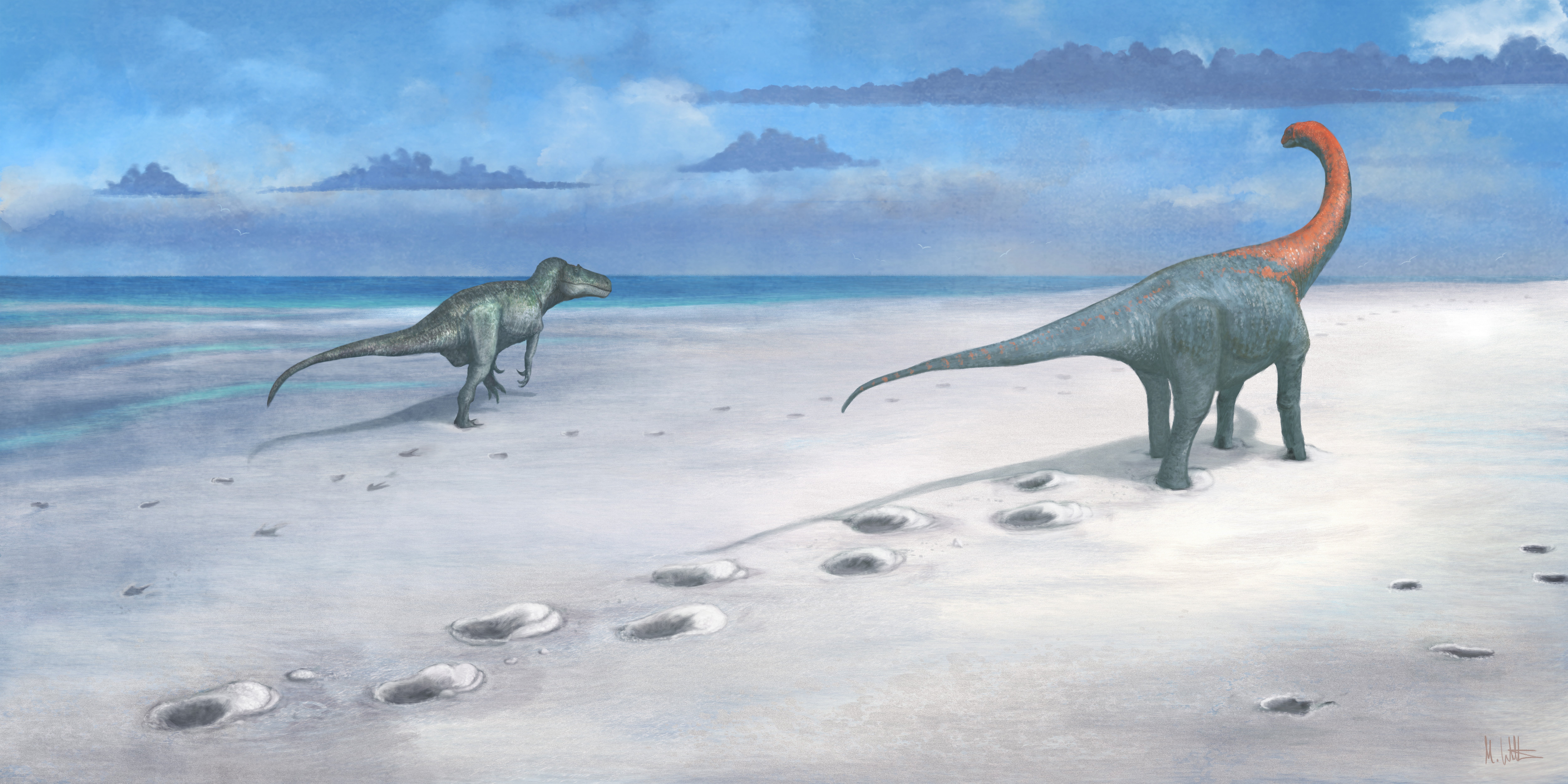
Your support helps us to tell the story
From reproductive rights to climate change to Big Tech, The Independent is on the ground when the story is developing. Whether it's investigating the financials of Elon Musk's pro-Trump PAC or producing our latest documentary, 'The A Word', which shines a light on the American women fighting for reproductive rights, we know how important it is to parse out the facts from the messaging.
At such a critical moment in US history, we need reporters on the ground. Your donation allows us to keep sending journalists to speak to both sides of the story.
The Independent is trusted by Americans across the entire political spectrum. And unlike many other quality news outlets, we choose not to lock Americans out of our reporting and analysis with paywalls. We believe quality journalism should be available to everyone, paid for by those who can afford it.
Your support makes all the difference.A newly discovered ‘dinosaur highway’ has been discovered buried under mud in a quarry in England.
Researchers have discovered nearly 200 dinosaur footprints dating back 166 million years, changing what we knew about the creatures.
The dig, carried out at Dewars Farm Quarry in Oxfordshire by teams from the Universities of Oxford and Birmingham, uncovered five extensive trackways, forming part of a ‘dinosaur highway’ – with evidence of more in the surrounding area.
The longest continuous track of footprints measured more than 150 metres in length, with four made by long-necked herbivorous dinosaurs called sauropods and most likely to be Cetiosaurus, an up to 18-metre-long cousin of the Diplodocus.
The fifth trackway was made by the nine-metre long carnivorous Megalosaurus which had distinctive, large, three-toed feet with claws, the University of Birmingham said.
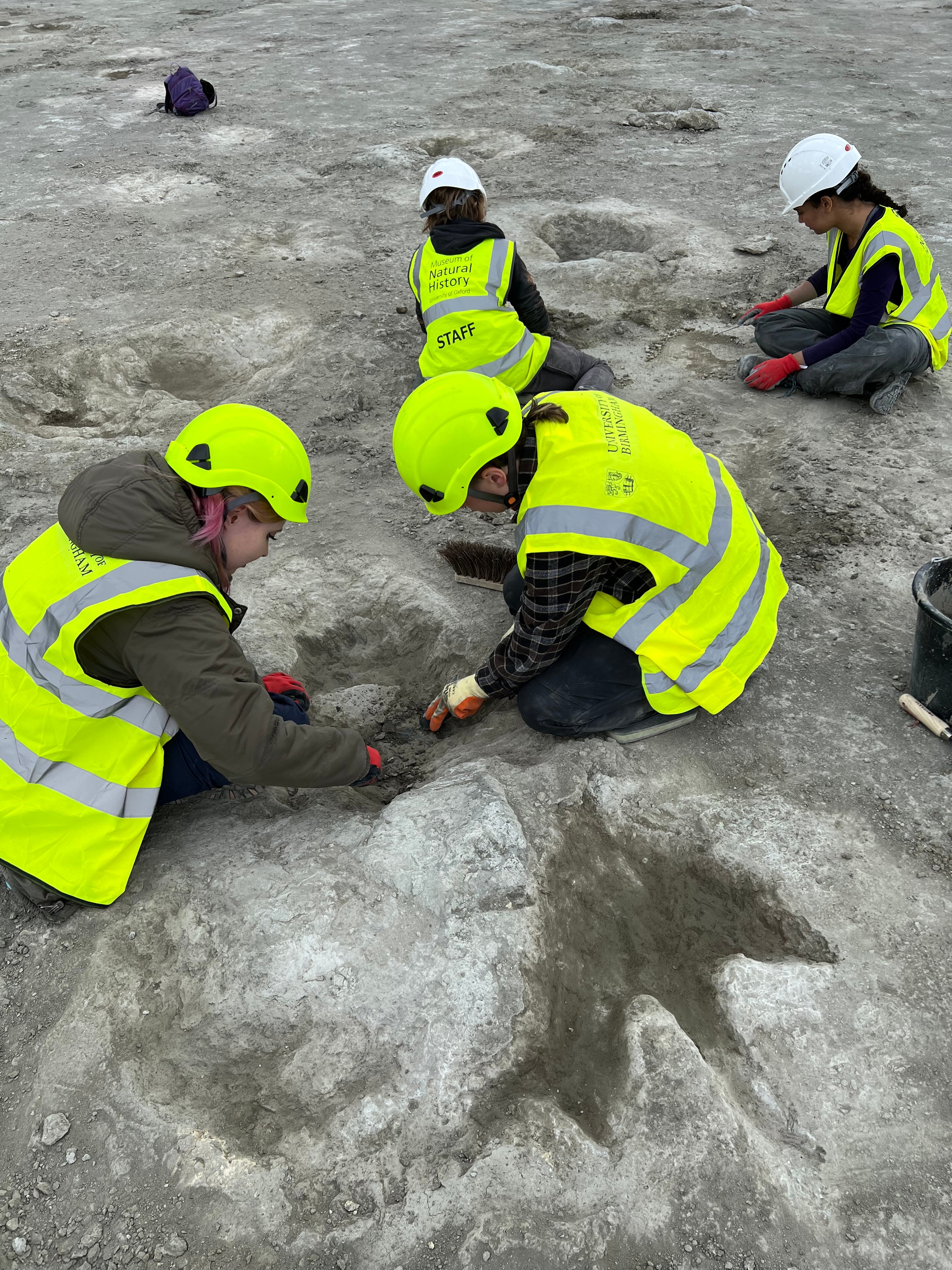
One area of the site shows the carnivore and herbivore tracks crossing over, prompting questions about whether and how the two were interacting.
Experts were called into the quarry when worker Gary Johnson felt “unusual bumps” as he was stripping clay back with a digger to expose the quarry floor.
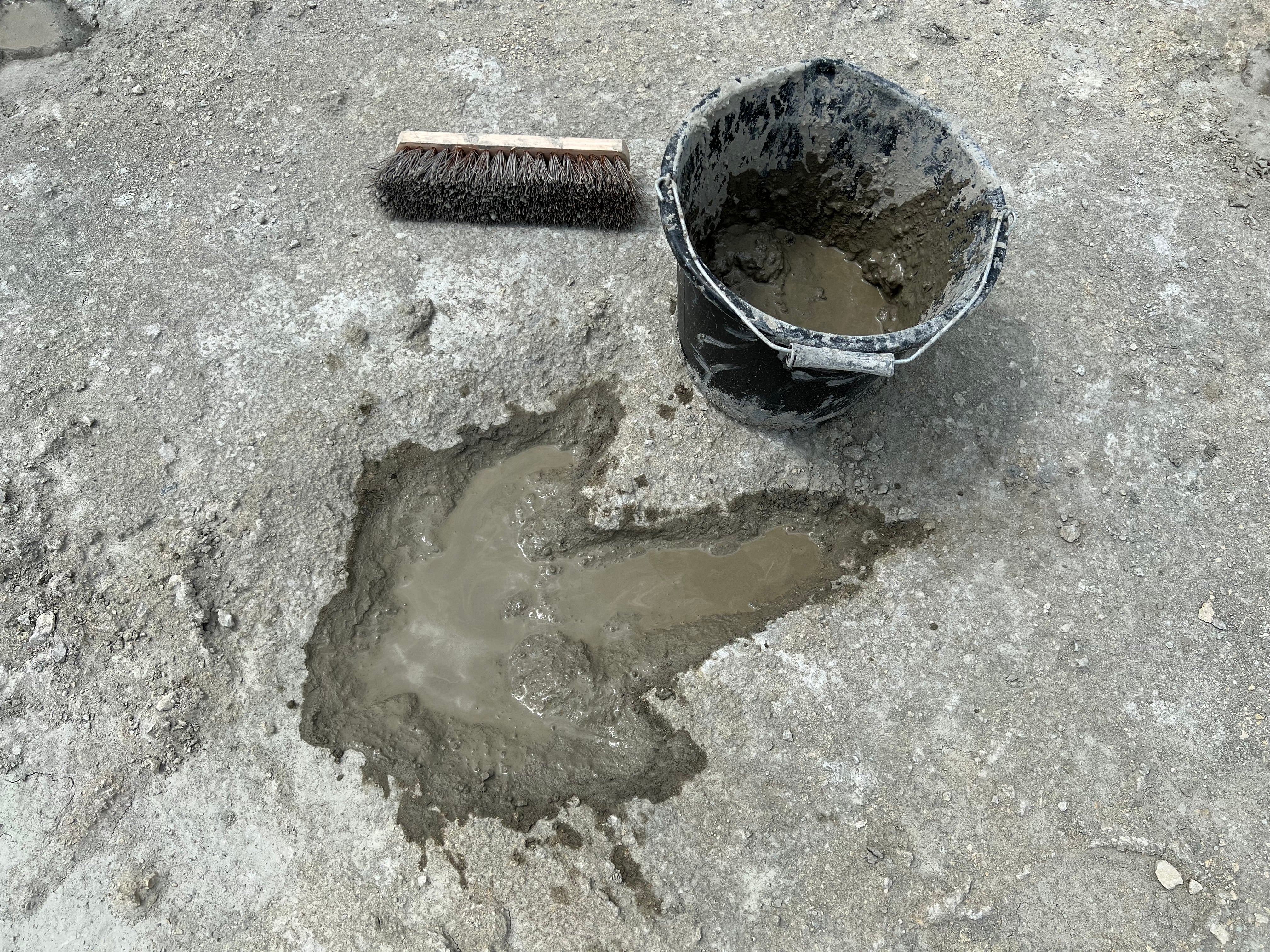
The Universities of Oxford and Birmingham co-led a team of more than 100 people on a week-long excavation in June 2024, uncovering around 200 footprints, creating 20,000 photographs and building detailed 3D models of the site using aerial drone photography.
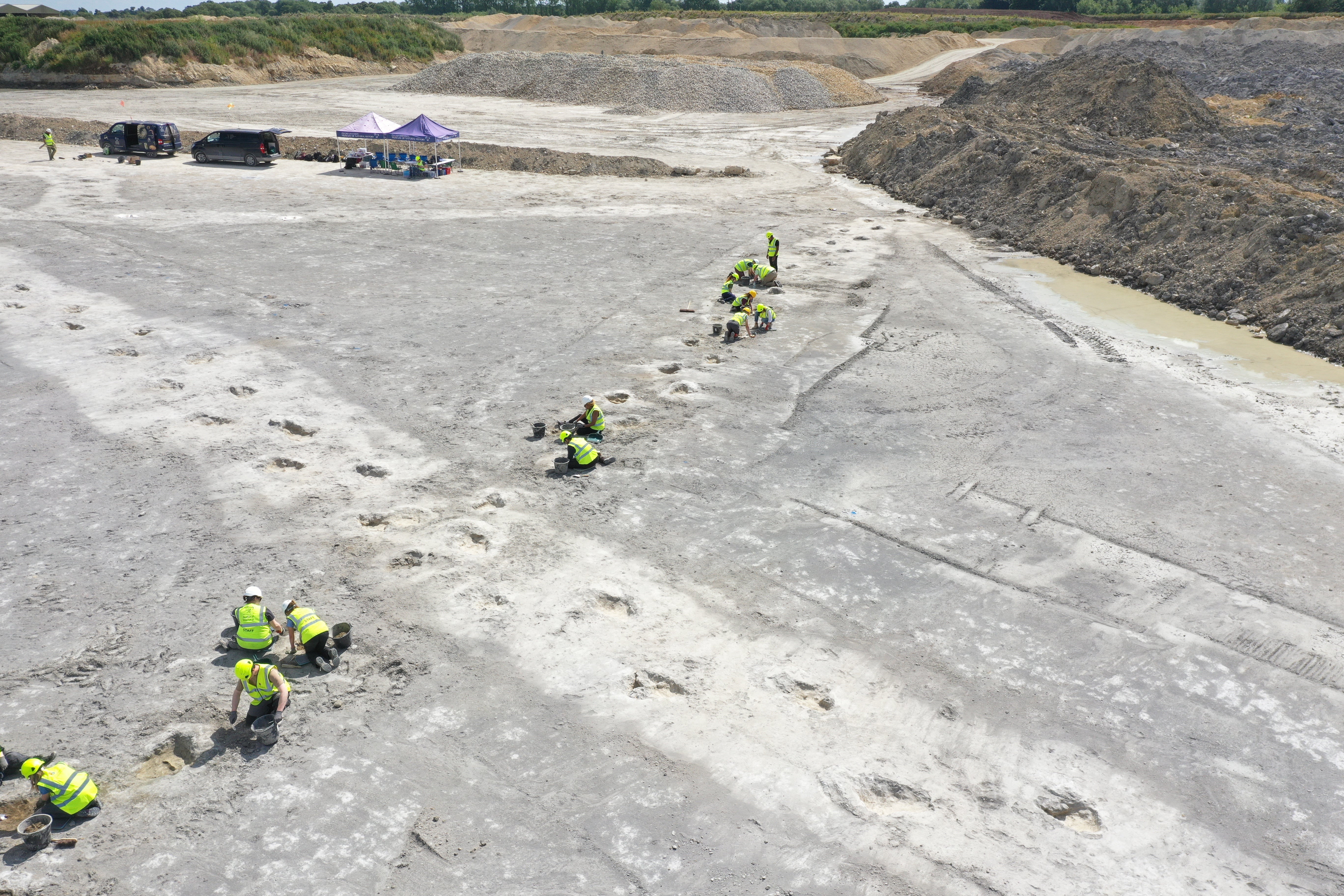
The new trackways connect to discoveries made in the area in 1997, where limestone quarrying revealed more than 40 sets of footprints, with some trackways reaching up to 180 metres in length.
Experts say the new discoveries will provide valuable insights into how the dinosaurs walked, speeds they reached, how big they were, and if and how they interacted with each other.
Dr Duncan Murdock, earth scientist at the Oxford University Museum of Natural History (OUMNH), said: “The preservation is so detailed that we can see how the mud was deformed as the dinosaurs’ feet squelched in and out.
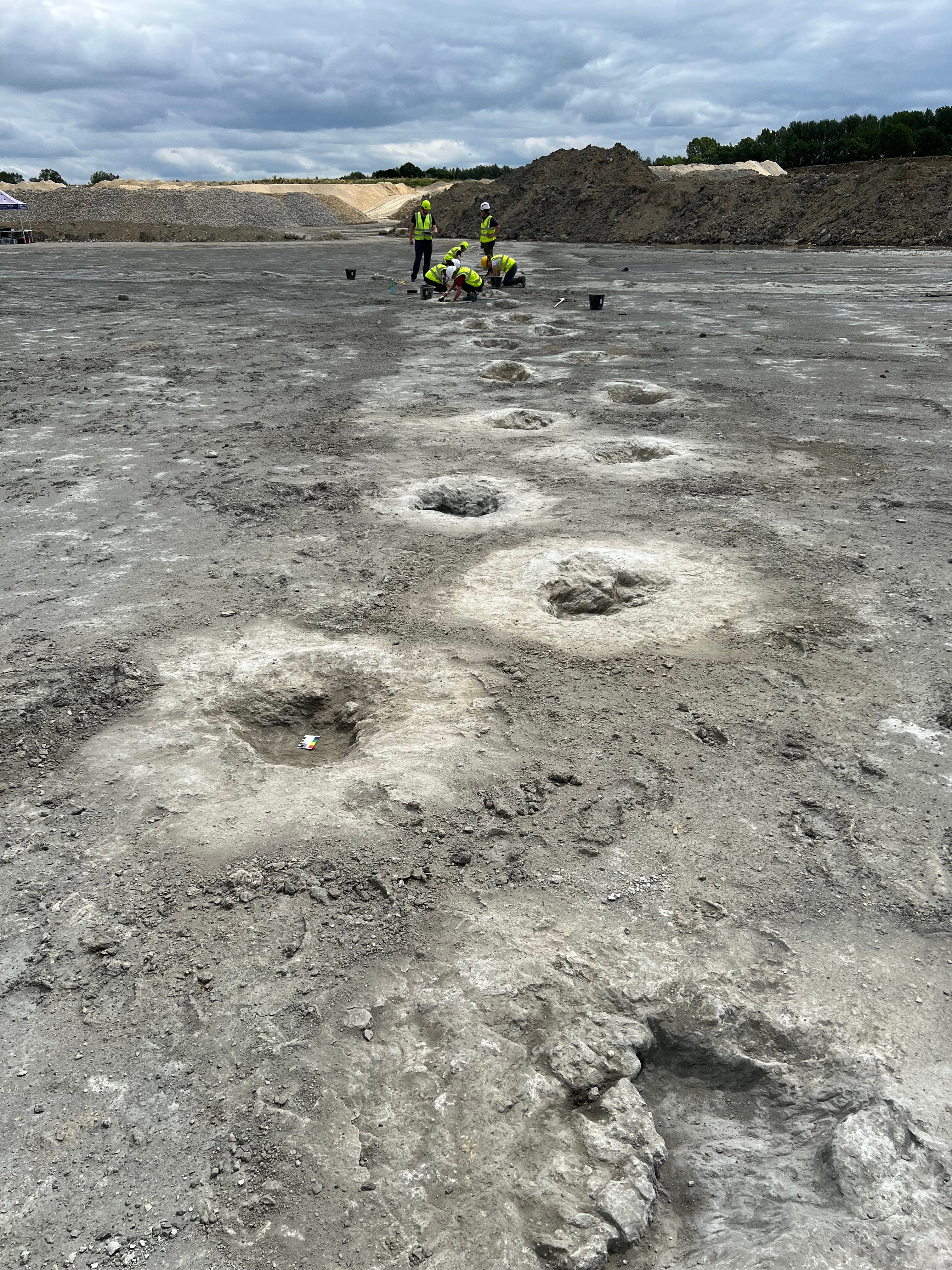
“Along with other fossils like burrows, shells and plants we can bring to life the muddy lagoon environment the dinosaurs walked through.”
The excavation will be broadcast on BBC Two’s Digging for Britain, hosted by Professor Alice Roberts, on January 8 and features in a new public exhibition, Breaking Ground, at OUMNH.
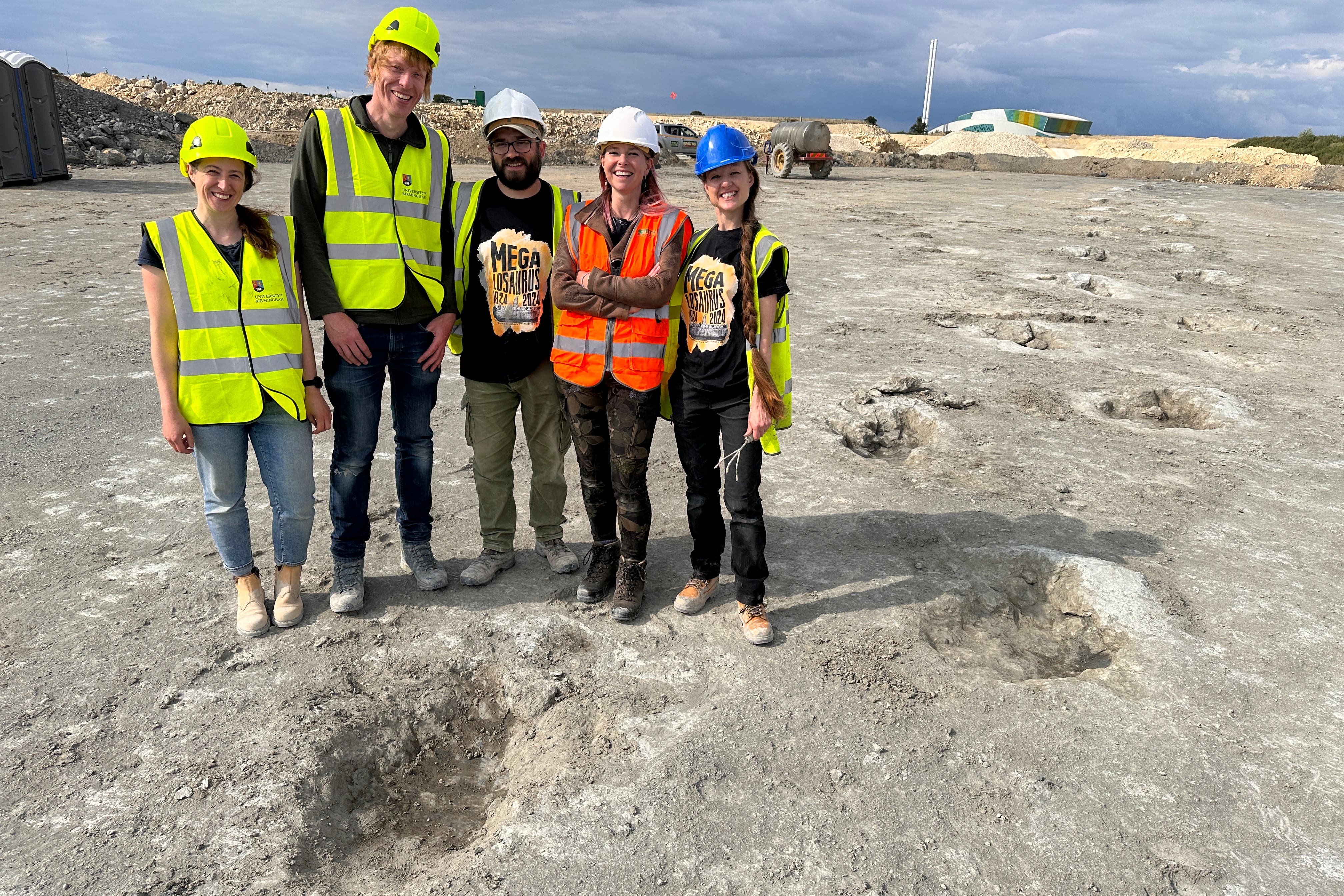
Professor Richard Butler, professor of palaeobiology at the University of Birmingham, said: “There is much more that we can learn from this site, which is an important part of our national Earth heritage.
“Our 3D models will allow researchers to continue to study and make accessible this fascinating piece of our past for generations to come.”